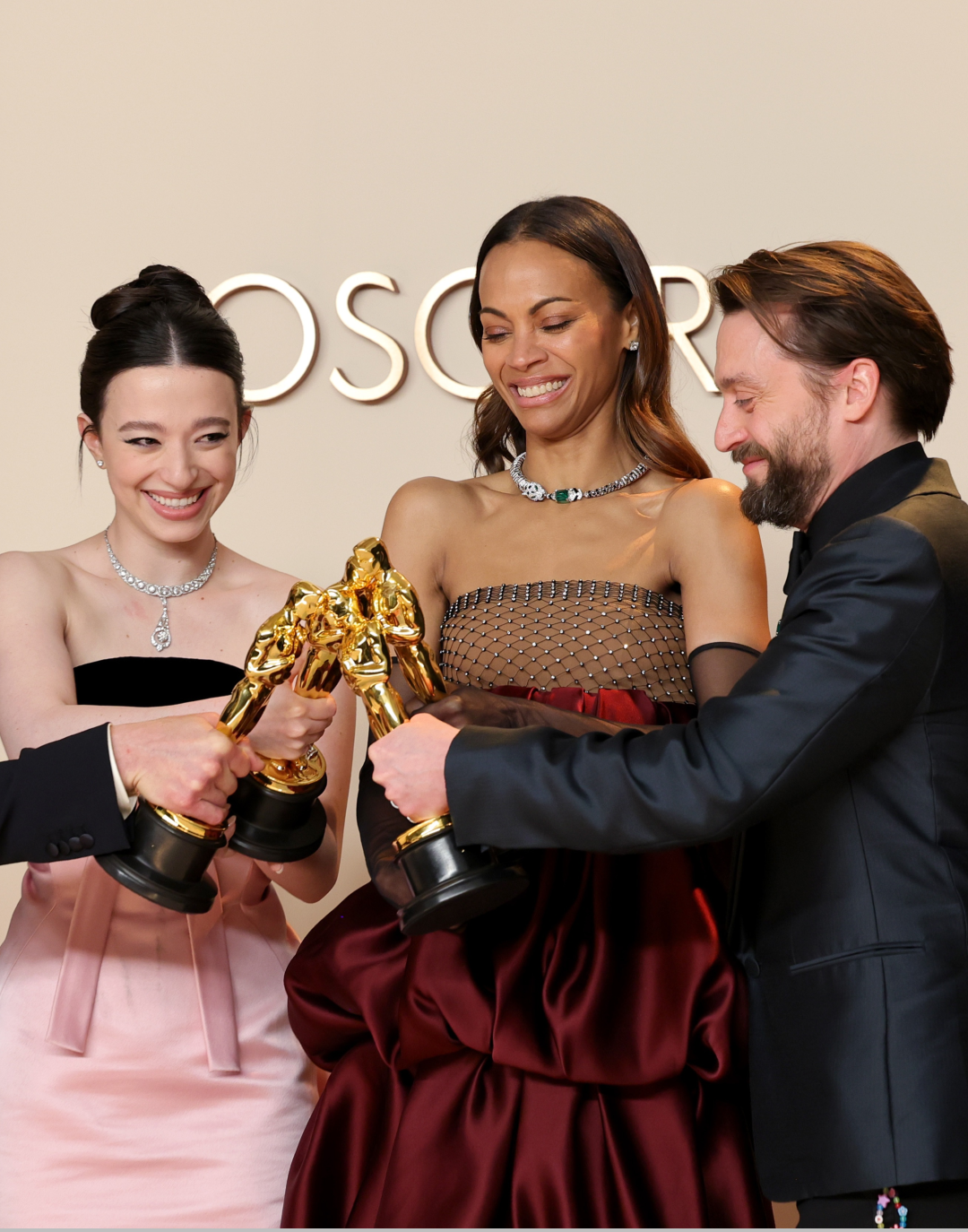
How to go from relatable to luxury influencer «We're just like you, but with a little more money»
Emma Chamberlain, Léna Situations, Moya Mawhiney... all these YouTubers started their careers humbly, graced by an image of "authentic and simple" influencers, presenting themselves as friends sharing their mundane daily lives. Today, thanks to their growing influence, they lead drastically different lifestyles, filled with glamour and glitz. Often, they are sought after by the most prestigious luxury brands for collaborations or to attend their fashion shows. How did these content creators manage to transition from one status to another without losing their audience? The first common point these entrepreneurs seem to share is their strong connection with their community. Emma Chamberlain and Léna Situations are perfect examples of influencers who have managed to build a loyal, engaged, and cohesive fan base. Their respective engagement rates on Instagram are 4.16% and 6.50%, with an average of 309,000 likes and 19,600 comments per post for Léna. Impressive figures considering that the average engagement rate for profiles with more than 1 million followers is 2.16%, according to the platform Phlanx.
Both began their YouTube journey with vlogs of their daily lives: Emma was a 15-year-old coffee addict filming herself baking, while Léna recounted from her bedroom how she juggled studies and part-time jobs. These unfiltered, understated contents appeared as a breath of fresh air a few years ago when YouTube was saturated with "perfect" content. Since then, the key to establishing a loyal community seems to be "authenticity." In the frenzy of social media, the audience wants to connect with people who show their real personality. Whether it's revealing juicy details about their crush while sipping their morning coffee or candidly discussing their therapy sessions in their car, the more influencers share their private lives, the more the audience feels they know them despite the screen barrier. In this context, vlogs are an excellent medium to establish a parasocial relationship with the public.
The contradiction arises when these "authentic" influencers gain popularity with millions of followers, attracting lucrative sponsorships and eventually leading to a change in status far from their humble beginnings. How can they remain "the internet's friend" when they're invited to the latest Chanel fashion show and receive a Dior tote bag worth €3,000 as a gift? For example, Emma Chamberlain went from living with her parents to buying a Hollywood villa estimated at over 4 million dollars, which the internet got to see in Architectural Digest. She has collaborated with numerous brands including Levi's, Louis Vuitton, and Aritzia. Léna Situations became the first French influencer to be invited twice to the Met Gala, the most exclusive and prestigious fashion event. It's no coincidence that luxury brands are particularly interested in "relatable" influencers. The power of influencers lies in social proof, a principle of social psychology that explains that when an individual doesn't know what to do or think, they tend to adopt the behavior or viewpoint of others.
Brands are aware of the limitations of an offer exclusively reserved for the wealthy and see the middle class as a lucrative opportunity to expand their customer base and strengthen loyalty. According to a Brookings Institution report, the global middle class is expected to reach 5.3 billion people by 2030, with growth predominantly concentrated in Asia. This expanding population represents a vast reservoir of potential customers who, although less affluent than traditional luxury consumers, have sufficient disposable income for discretionary spending. Sponsoring "authentic" influencers with high engagement rates allows them to reach their followers, who are mostly from the middle class. The challenge is not to lose their audience despite a lifestyle change that most of the population can never afford.
To achieve this, creators must constantly express their gratitude and appreciation, reminding their community that it's thanks to them that they have access to all these opportunities. The unspoken message would be, "We're still like you, just with a bit more money." Paying close attention to the brands with which influencers choose to collaborate is also crucial for preserving their image. A partnership with Amazon while the creator advocates for sustainability? Such a misstep could cost a reputation built over many years, appearing as an unforgivable betrayal to the audience. The goal is not to criticize the success of these personalities but to emphasize the importance for the public to recognize the mechanisms behind their favorite influencers.














































